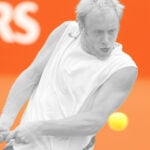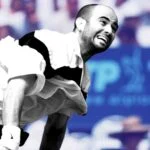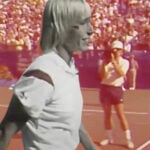January 14, 2002: The day Stefan Koubek came back from match point and 6-0, 6-1, 4-1 down
On this day in tennis history, an Austrian bounced back after falling behind in the Australian Open by two sets to love, saving match point to finally progress. Find out how Stefan Koubek did it
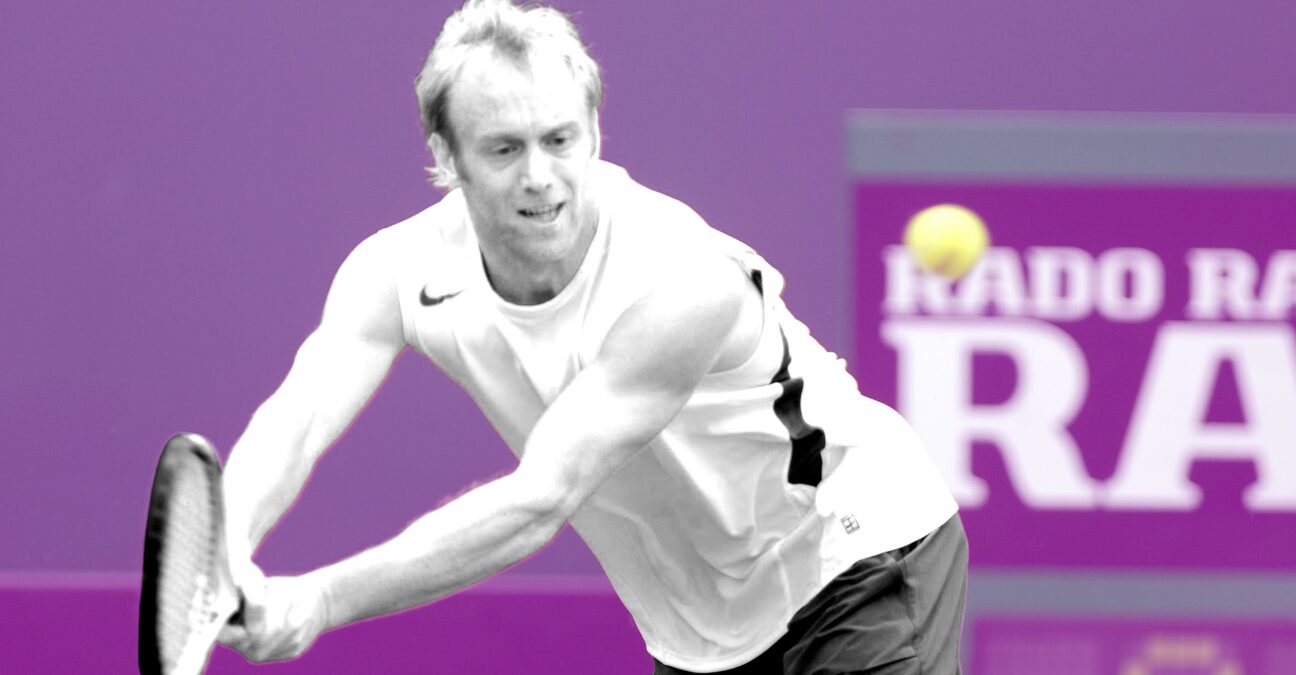 Koubek OTD 01_14
Koubek OTD 01_14
What exactly happened on that day?
On this day, January 14, 2002, in the first round of the Australian Open, Stefan Koubek defeated Frenchman Cyril Saulnier despite having been down 6-0, 6-1, 4-1 and 15-40. The Austrian, after saving a match point, finally prevailed 0-6, 1-6, 7-6, 6-4, 8-6, and he would then make his way into the quarter-finals, achieving the best Grand Slam performance of his career.
The players: Stefan Koubek and Cyril Saulnier
- Stefan Koubek: The left-hander from Austria
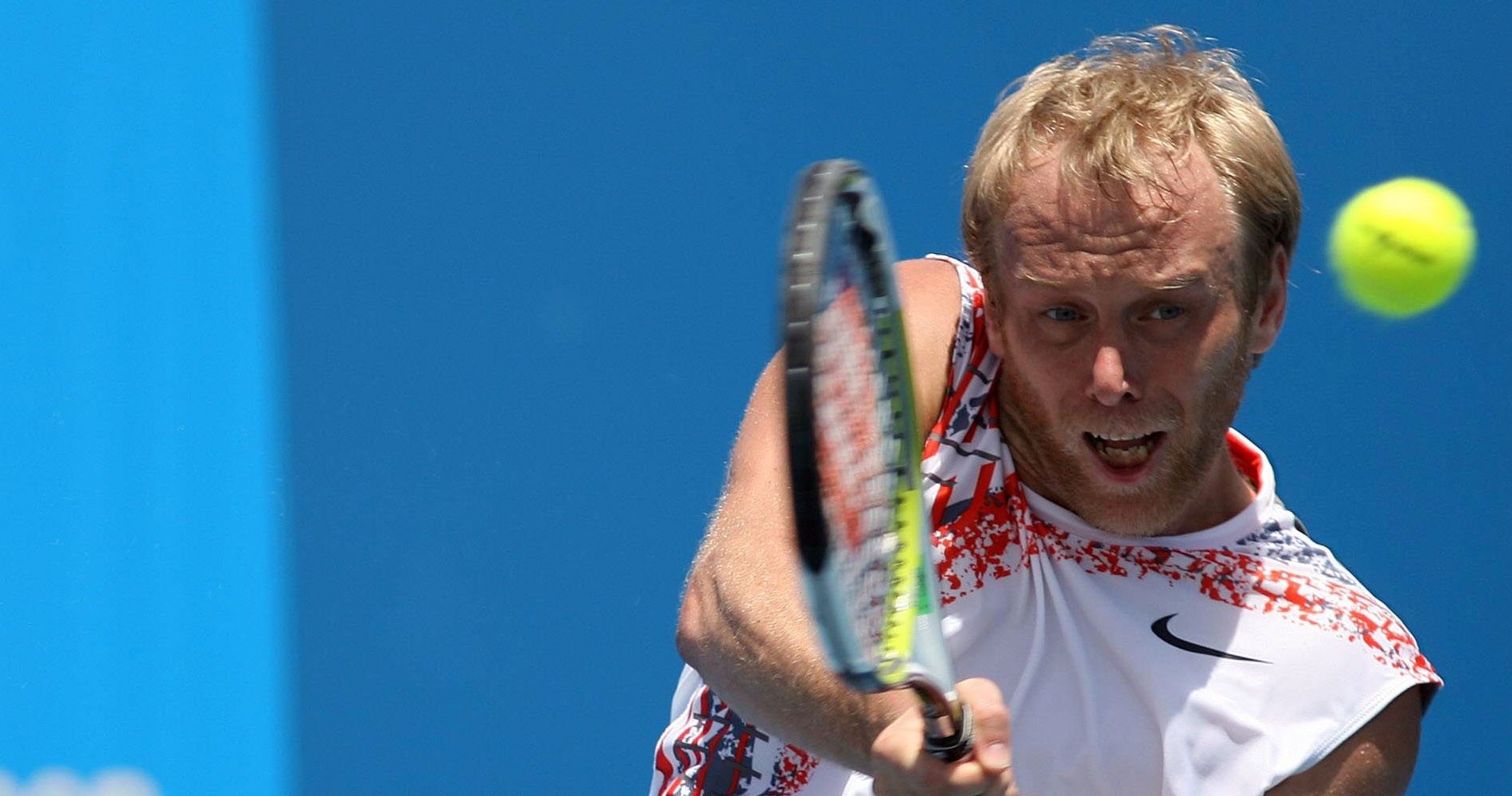
Stefan Koubek, a southpaw with a two-handed backhand, was born in Austria in 1977. He broke into the top 100 at the end of 1998 and claimed his first title in 1999, in Atlanta (defeating Sebastien Grosjean in the final, 6-2, 6-1). That year, he also reached the fourth round at Roland-Garros (defeated by Alex Corretja, 6-2, 6-3, 7-5), and finished the season as world No 46.
In 2000, he won a second title, in Delray Beach (beating Alex Calatrava, 6-1, 4-6, 6-4) and reached his career-high ranking as world No 20 on March 13. In 2001, he almost dropped out of the top 100, but in October, reaching the semi-finals in Vienna, defeating world No 12 Roger Federer (7-6, 7-5) on the way, he climbed back to No 65 in the world rankings.
- Cyril Saulnier, the solid pro from France
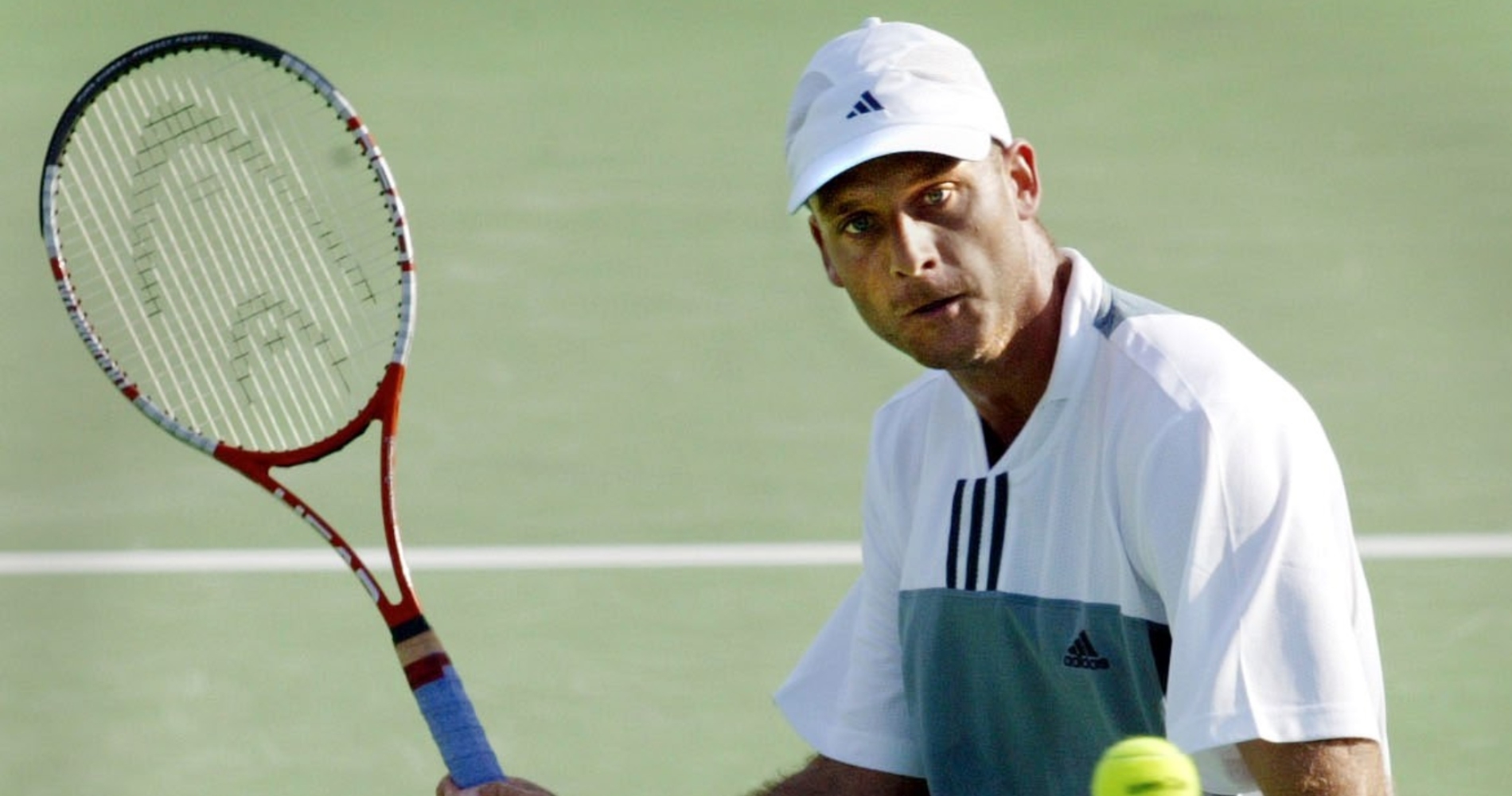
Frenchman Cyril Saulnier, born in 1975, turned pro in 1996. At the start of the 2022 Australian Open, his best ranking had been world No 111 in February 2001. He had won only one match in a Grand Slam tournament, at the 2000 US Open, defeating Attila Savolt (6-3, 7-5, 6-3) before losing to Magnus Norman (6-3, 6-4, 6-3). When me was drawn to meet Koubek in the first round in Melbourne, Saulnier was ranked No 153 in the world.
The place: Australian Open, Melbourne
Unlike the other Grand Slam tournaments, the Australian Open (first known as the Australasian Championships and, later, the Australian Championships) had moved several locations throughout the years.
In fact, the event switched cities every year before it settled in Melbourne in 1972, and no less than five Australian cities had hosted the event at least three times: Melbourne, Sydney, Adelaide, Brisbane and Perth. The event was held on grass at the Kooyong Stadium, in an affluent suburb of Melbourne. Its timing had changed several times as well, between early December and January, alternating between being the first Grand Slam of the year to being the last.
Until 1982, many of the best players skipped the Australian Open, mainly because of the remote location of the Australian continent, and the low prize money on offer. But the narrative changed over time. The tournament’s organizers made big efforts to become as prestigious as the other Grand Slams, which ended up with the event moving to a new location in 1988, in Flinders Park (later known as Melbourne Park), switching from grass to hard courts, and displaying the first-ever Centre Court equipped with a retractable roof. Prize money increased as well, and it wasn’t long before the tournament became the favourite Grand Slam of many players.
The facts: Koubek thought he was back on the plane back home already
Koubek was the heavy favourite in his Australian Open first round match against Frenchman Saulnier. Although he didn’t have a great 2001 season, the Austrian had worked himself back into peak fitness at the end of the year, reaching the semi-finals in Vienna and the quarter-finals in St Petersburg. Meanwhile, his opponent, who had never gone past the second round of a Grand Slam event, had to go through the qualifiers, where he defeated Robert Kendrick to advance to the main draw (6-4, 6-4).
When the match started, however, there was only one player on court, and it was not Koubek. In fact, the Austrian was so flat that soon he trailed 6-0, 6-1, 4-1, and 15-40. In such a desperate situation, it seemed very unlikely that he would come back, but somehow, the Austrian managed to save two break points and clawed his way back into the third set.
“In my mind, I was already on the plane back,” Koubek would recall in 2019 for Der Standard. Saving two match points, the left-hander took the set and finally prevailed, 0-6, 1-6, 7-6, 6-4, 8-6, achieving one of the most amazing comebacks in tennis history. “You need a bit of luck, I still have some rallies in my mind today.”
What next? Koubek comes from two-sets-to-love down in the second round as well
In the following round, Koubek would come back from two-sets -to-love down once again to defeat James Blake (4-6, 2-6, 6-4, 6-1, 6-2). The Austrian would obtain his best Grand Slam result, only ending in the quarter-finals at the hands of Jiri Novak (6-2, 6-3, 6-2). Known for getting disqualified thrice in his career, Koubek would eventually retire in 2011.
Saulnier would climb as high as world No 48 in 2005, after reaching his only ATP final in San Jose (defeated by Andy Roddick, 6-0, 6-4).
